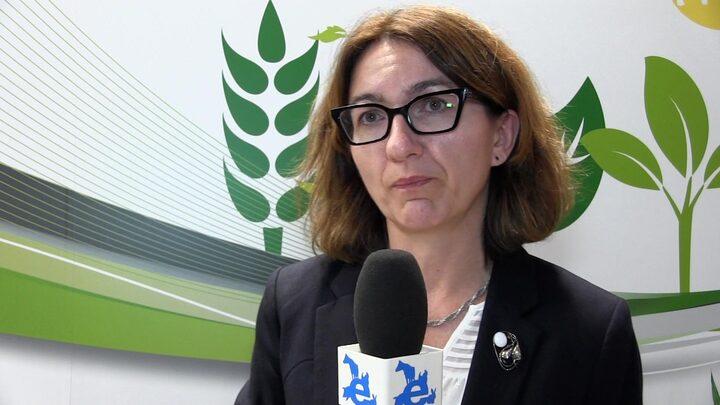Prolapse in commercial layers
Prolapse in commercial layers
Could anybody suggest me a medicine for prolapse problem in deep litter of bovans breed which are in 23 week and the weigtht is 1.500kg of bovans breed kindly suggest me the lighting program. I am incurring daily mortality of 5 birds per day. Please help me.
Chandra Sekhar
To solve prolapse in your layers you have to start early at the rearing period by enhancing your layer chicks to grow and getting the optimal body conformation with large abdominal cavity and good muscles distribution over body bones before 6 weeks of age and your target body weight.
Must be over or on standard before 12 weeks age this may come from good feed components
and texture, feed space, light duration birds density good debeaking if it's done.
Don't over stimulate your layer by light to push them to lay early and use warm light source in the production period and if you want to increase light duration or intensity do it gradually also don't change time of feeding or lighting, or eggs collection.
I have faced a problem of prolapse at 20-22 months of age. Egg size is 65-70 gm white birds. Some salmonella infection CP content is almost 17%. Production is 70% and above.
Can anyone suggest to me what can I do now to minimize prolapse in layer birds?
I believe all of above reason about prolapse but in my flock (layer p.s)mortality about prolapse increase after feeding what's the reason?
Thank you all, I am a new member here but I also have questions to ask.
Please on this issues of prolapse:
1) What should be the percentages of calcium and phosphorus analysis in layers complete feeds?
2) Can prolapse cause death for a bird without other birds pecking her?
Thanks.
Review lighting intensity 5-10 lux
avoid picking
feed may include zeralenone toxins -low choline level or high energy
problem in uniformity of body weight leading to egg impaction
vitamin B+K3+CHOLINE
liver enhancer &detoxifier product
Light intensity, skeleton development during rearing are two contributing factors.
A bodyweight of 1.50 kg at 23 weeks indicates that your hens are too light and small, causing the prolapse to occur as soon as laying commences. This is a carry over problem of underweight pullets. You should upgrade the specs of your Pullet Starter (0 - 5 weeks old) and Pullet Grower (5 - 10 weeks old) feeds to help your pullets achieve the standard bodyweight curve. Once your pullet bodyweight is on the standard and the uniformity is good at 10 weeks old, the prolapse problem will disappear.
Ok, I will evaluate with colleagues and get back with comments and experiences. Thanks a great deal.
Dear All,
beside nutrition - Prolapse is basically an overall management topic. Just to focus only on nutrition will never solve or reduce Prolapse problems.
Robert
Robert Pottgueter please sir, why is prolapse common in lohmann brown classic, despite maintaining the target weight, good spacing during rearing and also ensuring that the birds have good uniformity.
Benjamin Akande Dear Sir, Prolapse is for sure not common in Lohmann brown hens. Please see all the arguments, reasons & suggestions in this chat above. Robert
In addition to the above points mentioned prolapse in laying birds is related to several factors: breed, nutrition, housing system, management practices, lighting regime, photostimulation, effective weight management and microclimate, among the factors
Hi to all:
I agree with Mr Robert that basically prolapse is because of management topics but to analyse the causes and to solve it must look at which age it occurs?
1- Just after start of production
2- in the middle age whiteout observe it before that time
3- in aged flocks for example more than 60 weeks age?
In start of production it is the very bad kind and is due to bed management in rearing, specially in first 6 weeks of age and not uniform flocks before start of production. In middle age more often is due to sudden increase in egg size or calcium and phosphor deficiency or incorrect ratio. And in age flocks it is due to loss of body weight and natural moult of some percent of flock.















.jpg&w=3840&q=75)














